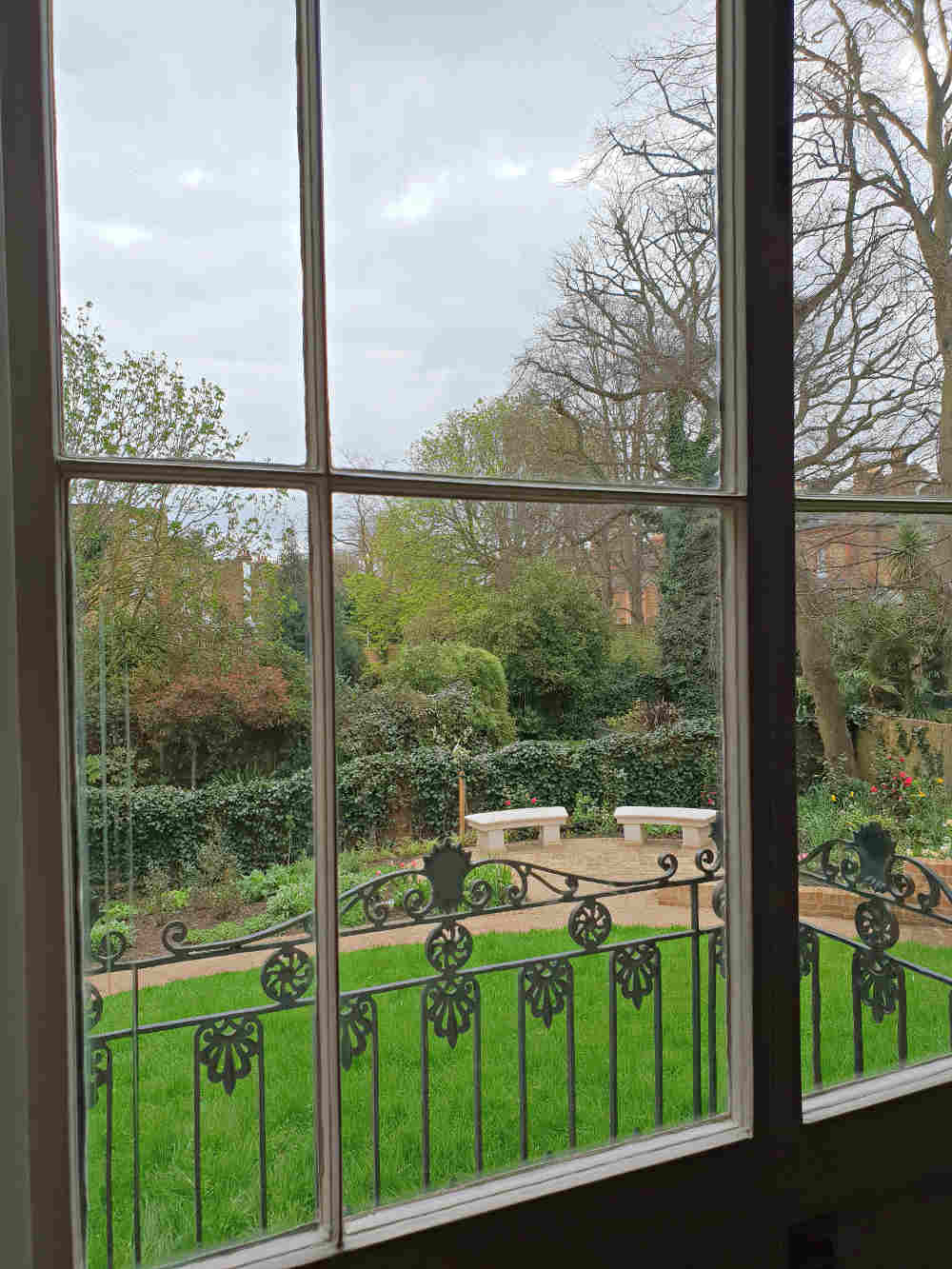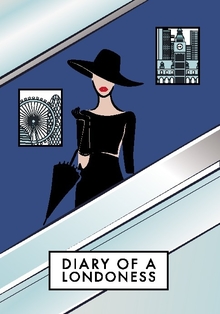Last updated on May 15th, 2022
Most people I speak to don’t know about Turner’s house in Twickenham. You won’t see his famous seascapes in Sandycombe Lodge, his west London home in the borough of Richmond-upon-Thames, but you will be in the presence of the only three-dimensional work of art Joseph Mallord William Turner’sleft behind: the home he designed in the capital. A £2.4 million conservation programme has recently been completed on the Grade II listed house museum, during which some unexpected discoveries were made. Thanks to a team of heritage specialists, Sandycombe Lodge has been painstakingly restored to its former self, and bright-eyed and bushy-tailed, this architectural gem is now open to the public.

“Painting can never show her nose in company with architecture but to have it snubbed.” J.M.W Turner
Sandycombe Lodge is a nod to Turner, the man who would have been an architect. He trained as an draftsman, developing a lifelong passion for the subject. He was known to have said he would have preferred the life of an architect to that of a painter. It is thought the 37 year-old Turner built the two-bedroom house in 1813 as a country haven for himself and for his father, ‘Old Dad’ William.
The lodge was too small to paint in, but Turner was known to have produced many sketches in the house. Sir Joshua Reynolds, Turner’s mentor, who was responsible for accepting the painter into the Royal Academy at the precocious age of 14, had lived in nearby Richmond Hill. Turner also loved painting the Thames, fishing and picnicking (Turner and his artistic friends would go on to create the Picnic Academical Club).
Turner sold Sandycombe Lodge in 1826 for £500, probably due to his father’s ailing health and the need to be closer to his gallery in London. The house fell into disrepair, at one time being used as a laundry and then as a shadow factory during World War II when it was used to make pilots’ goggles.
In 2004, Professor Harold Livermore and Catherine Parry-Wingfield, now chairman of Turner’s House Trust, met by chance in a local post office. Livermore explained that he wanted to gift the house to the nation, but that “the nation did not want it.” Parry-Wingfield took the project under her wing, which led to the Turner’s House Trust becoming owner of Sandycombe Lodge.
Turner’s House Highlights

The original land, sitting between Twickenham and Richmond, was the size of three football pitches, providing the perfect stomping ground for Turner’s horse, Crop-Ear, who is also thought to have been buried in the grounds.

Sandycombe Lodge, Twickenham, 1814, W.B. Cooke
No one doubted that the house was anything but stucco-fronted, as illustrated in the sketch by W.B.Cooke. It had, in fact been originally designed with bricks and penny-line pointing, unearthed when some of the ceilings were taken down and the original walls were revealed. The sketch illustration shows it as white stucco probably because the brick detailing would have entailed a lot more work than just a simple white render. This was common practice with house sketches of the day.

A Turner self-portrait sits above the fireplace in the Sitting Room.

Detailed paint analysis led to the discovery of delicate marbling in the entrance hall. Turner was a great friend of the architect, John Soane. Soane collected Turner’s works, they lived close to each other in central London, and they enjoyed fishing expeditions on the Thames together. There is no evidence that Soane was involved in the design of Turner’s house, but there are some definite Soane-esque elements in the staircase and in the laylight above.

One of the main discoveries was a small and dirty wallpaper fragment. Experts were brought in to reconstruct the original paper (right and below, in the bedroom). The new fern trellis and flower patterns were made using two wooden print blocks.

A telescope in the master bedroom recreates Turner’s original pastoral view. Turner installed a square pond in the land, acting as a giant storage aquarium for the fish he would bring home from his expeditions. The surface of the pond was known to be covered in water-lilies.

A talking clock in the dining room clock uses digital technology to recount quotes from Turner’s friends, known to visit him for picnics and fishing expeditions.

Turner owned two Napoleonic ships models (now in the Tate Britain) which were on display in his Sitting Room. This contemporary model, similar to the original, is one of two made by Kelvin Thatcher.

Wave your hand over a kitchen tankard, and the smoking shadow of Turner’s father, Old William, comes to life. He was a barber and wigmaker from Covent Garden when his son was born, and would become Turner’s studio assistant, cook and gardener. He would regularly walk the ten or so miles to Turner’s gallery in Queen Anne Street, Marylebone.

The superimposed rural view in the Little Parlour window shows what the landscape would have looked like in Turner’s day.

A painting by Turner Prize winner Richard Long sits in the Parlour. Turner’s work was considered avant-garde for the day – hence why the Turner Prize is named after him. The art critic, John Ruskin named him the “father of modern art.”
Turner’s House, Sandycombe Lane, is open to visitors Wednesday-Sunday. Self-guided visits 10–1pm and guided tours 1-4pm. Adult £6, child 5-15 years £3, under 5s free. Family ticket (2 adults and 2 children £15). Book online here.




5 Comments
Tanja/The Red Phone Box travels
April 25, 2018 at 8:43 pmamazing staircase:)
Nancy | MapandFamily
April 23, 2018 at 2:05 pmAstonishing to think that it could easily have been lost! And also that the ten mile commute to London was sometimes done on foot!
DiaryofaLondoness
April 23, 2018 at 2:42 pmIt is amazing Nancy, and do you remember, Old William would sometimes get a ride into town in exchange for a glass of gin! Takes commuting to another level…
Miriam
April 23, 2018 at 8:40 amIt is amazing how much work went into the restoration and so nice that we have not lost such a treasure, sometimes it only needs a little bit of luck like two people starting a conversation in a post office 🙂
Miriam x
DiaryofaLondoness
April 23, 2018 at 8:51 amIsn’t that truly amazing? Talk about chance meeting. So pleased these two bumped into each other.